T.J. Elliott: Profiles in Knowledge

This is the 121st article in the Profiles in Knowledge series featuring thought leaders in knowledge management. T.J. Elliott, former Chief Learning Officer of ETS, is now a playwright and author. I met him when we were both instructors in the Columbia University Information and Knowledge Strategy (IKNS) Program. He has contributed to many online discussions in the SIKM Leaders Community.
As ETS’s Vice President and Chief Learning Officer, T.J. Elliott had overall responsibility for those processes that share knowledge, develop people and organizations, assure appropriate collaborative workspaces, and enable growth and innovation across the enterprise. He was charged with identifying and helping ETS implement new and better ways to work in an increasingly competitive marketplace, as well as for ensuring that the organization capitalized on the skills and talents of its employees to achieve its mission.
Background EducationNova Southeastern University — Master of Science — MS Education, Computing Technology in Education, 1994Manhattan University — Bachelor of Arts — BA, English Language and Literature/Letters, 1969–1973ExperienceKnowledge Workings — Co-Founder, 2019 — PresentETSKnowledge Broker, 2017–2020Vice President & Chief Learning Officer, 2002–2017Cavanaugh Leahy — Director of Consulting Design, 1996–2001Longview Associates — Vice President, 1989–1994American Airlines — Employee Assistance Representative, 1985–1988Writer, 1980–1983ProfilesLinkedInColumbia University Information and Knowledge Strategy (IKNS) Program: Profiles in KnowledgeTwitterFacebookSarder TVKnowledge Workings Theater CompanyContentMediumTesting: A Personal History (Substack)LinkedIn PostsArticlesResearchGateWhen It Comes to Workforce Management Systems, We Need Anthropology Before TechnologyRecognizing Performance — Testing: A Personal HistoryIslands and Labyrinths: Overcoming Barriers to Effective Knowledge Transfer
EducationNova Southeastern University — Master of Science — MS Education, Computing Technology in Education, 1994Manhattan University — Bachelor of Arts — BA, English Language and Literature/Letters, 1969–1973ExperienceKnowledge Workings — Co-Founder, 2019 — PresentETSKnowledge Broker, 2017–2020Vice President & Chief Learning Officer, 2002–2017Cavanaugh Leahy — Director of Consulting Design, 1996–2001Longview Associates — Vice President, 1989–1994American Airlines — Employee Assistance Representative, 1985–1988Writer, 1980–1983ProfilesLinkedInColumbia University Information and Knowledge Strategy (IKNS) Program: Profiles in KnowledgeTwitterFacebookSarder TVKnowledge Workings Theater CompanyContentMediumTesting: A Personal History (Substack)LinkedIn PostsArticlesResearchGateWhen It Comes to Workforce Management Systems, We Need Anthropology Before TechnologyRecognizing Performance — Testing: A Personal HistoryIslands and Labyrinths: Overcoming Barriers to Effective Knowledge TransferHere are two approaches that have shown promise at ETS.
Blogs, Contests, and Weak Ties
One of the realities of employees being spread like islands within an organization is that their connections are usually weak with all but their specific group. But so-called weak (rather than non-existent) connections are a good source of new ideas. Sociologist Ron Burt makes the case succinctly: “The weak-tie argument is elegantly simple people live in a cluster of others with whom they have strong relations. Information circulates at a high velocity within these clusters. Each person tends to know what the others know. The spread of information on new ideas and opportunities, therefore, must come through the weak ties that connect people in separate clusters.” Having an area where employees can exercise these weak ties to encounter new expertise or ideas holds promise, but hosting a blog, wiki, or other social-media space without a specific purpose and facilitation will fail. Running contests in order to elicit knowledge that is held throughout the organization can motivate the sharing.
ETS ran “Margin for Mission,” inviting staff to submit ideas for generating revenue or saving money. Each participant received a certificate for a free cup of coffee or tea, with larger prizes awarded at the end of each month for the best idea. The message was that as a not-for-profit we must increase our revenue and control our expenses to be able to fulfill our mission. The contest ran for ten weeks and had submissions from almost one quarter of ETSers that were read in turn by an equal number of “lurkers.” The prizes were modest — a $250 gift certificate to Amazon — but the rewards were significant: employees were introduced to other individuals and their ideas.
Connect and Then Connect Some More
We established our “Knowledge Workings” blog to create different combinations of people by arranging forums where they are more likely to meet and converse with coworkers outside their disciplines. We started virtually and then built upon those connections for face-to-face events. For example, there were 1,259 online entries in 2009; fewer than 400 netted a reply. So we threw the “Blog Oscars” and had those who contributed the most stroll down a red carpet while all “lurkers” could watch and enjoy refreshments, bringing together colleagues who rarely interact. Such combinations help all to understand the tectonics of knowledge in the organization better. Then it becomes possible to create an “earthquake” by forming cross-divisional, cross-functional teams that have dual goals of solving wicked problems and learning about how they defeated the drooping entropy of human communication to do so. Invariably — when adeptly facilitated — they learn a great deal from each other.
In developing such connections, try to get the leaders out of the way. Bob Sutton has noted how some leaders brilliantly dilute their influence but stir their people by taking a backseat in some discussions. A senior leader in our San Antonio headquarters has held mixed lunches with every one of the four hundred people there. He speaks sparsely and almost always to prompt others to take the lead in discussing what they know that they think others should know.
Avoid the Folly of “Build It and They Will Come”
Building new systems designed to capture and transfer knowledge does little to overcome individual and organizational barriers to knowledge sharing and use. Experience discredits such systems. At ETS we now require leadership to build bridges among existing systems. Can the Quality Management System talk to the SharePoint platform and vice versa? Is there a map of all governance groups so that they know where they might find additional information? Do new hires receive an orientation that offers the obvious but often overlooked opportunity to meet other people? Are there interview series at which those with important information from the front lines of your business are questioned carefully and inventively in front of an audience of coworkers who don’t know them? We undertook experiments based on each of the above questions to expose knowledge to a greater audience that either could not find it or didn’t even know to look.
If the connecting happens and the weak ties deliver, then more people will know not only what others do, but also new things as knowledge combines, generates, and recreates. In such a circumstance, the islands are bridged and the labyrinth comes with a GPS.
Academia.eduPiloting Knowledge Management: Lessons Learned from the Small-Scale Approach to Design and Implementation at ETS with Felicia DeVincenziLessons Learned
In retrospect, especially in the case where most knowledge and expertise are tacit, the focus should have been on the people in the community and on the people being considered owners of their knowledge. During one of the SME meetings, as SMEs were trying to identify where important knowledge files were located, the common responses were “It isn’t anywhere. So-and-so has it in her head.” and “Nobody can write that down, you have to have the experience to know what to do.” Gorelick, working as facilitator, in an aside to DeVincenzi, observed, “Your work can no longer be focused on collecting and codifying content in files and on shared drives. You have to collect the stories of the people.”
Seekers and Sharers
As a result of the lessons we learned from the pilot on best practices in responding to RFPs, the learning and development group under Elliott has changed its definition of KM. First, we had narrowed it to be “connecting knowledge seekers with knowledge sources to make better decisions that produce effective action.” We had intended the context to be an actionable one that would procure short-term wins for ETS. The light bulb went off one day that many of the people we had to reach were not knowledge seekers. The community believed that they already had all the knowledge they needed. They were not necessarily “seeking” knowledge. For the purposes of a working definition of KM at ETS, we had to alter our description of our colleagues from “knowledge seekers” to “knowledge users”. We needed to find out who the people were who could use the knowledge, and convince them that it was worth their while to examine the ways they go about deciding and acting and that this “other knowledge” might actually bring value to their enterprise.
The authors would like to note that this condition of believing one’s current stock and variety of knowledge is sufficient is not peculiar to ETS. The work of Argyris and Schon has demonstrated that the default mode of people in organizations is to protect against any information that might disconfirm their existing hypotheses. It might be said that the other side of Seely Brown’s and Duguid’s work is that there is also an antisocial life of information and, consequently, knowledge: people are not necessarily interested in finding out a new way to do things or learning a novel fact, especially if it contradicts their existing view of the world. They may even actively seek to block the exchange of such information.
Leaders may also actively or subconsciously support the hoarding of knowledge. Leading a group of many work experts (relative to groups with nonexperts) may lead to the achievement of higher productivity or gains (as compared to the achievement of those of groups with fewer experts), which leads to greater recognition and, subsequently, a wider and wider span of executive control. From a systems thinking perspective, a “Success to the Successful”[1] dynamic can be in play. Sharing one’s knowledge (or the knowledge of one’s expert group) can be seen as a way to diminish one’s individual expert status, turning the exceptional into the commonplace. If rewards focus on individual or small group gains, and there are no rewards for sharing knowledge with others and contributing to organization-wide gains, this sort of system can perpetuate. At ETS, where expertise, seniority, and accomplishment are often equated, there needed to be intervening variables to reinforce the importance of knowledge sharing. This year, in fact, leaders have collaborated with Elliott to institute a high-profile performance award, equal to the traditional awards given to individually based accomplishments, which will acknowledge the introduction and perpetuation of a best practice across the company.
And because communities of practice often cross divisional and organizational boundaries, this pilot experience reminded us of the extent that politics can impact the knowledge-management practitioner’s efforts to influence a community’s work habits and support their work.
There are no politically neutral contexts. Knowledge-management practitioners not only need to be adept at demonstrating the business benefits that sharing knowledge brings to individuals and groups, but they must also be savvy of the political risks involved for members of the community who take steps to change the way they work. One of the SMEs who worked with DeVincenzi to review content of the multidimensional map was concerned that she was spending too much time on the project, would receive no recognition for the effort being expended, and should probably be working instead on her “own” projects, as were the other SMEs.
To support knowledge communities well, KM specialists need to understand the risk from the members’ perspectives, considering political and social issues such as who is making which contributions, how a member’s status within traditional hierarchies comes into play, and what messages members are receiving (directly and indirectly) from their supervisors and stakeholders. The knowledge practitioner should seek to identify risks for community members ahead of time and consider steps to ameliorate them where possible. If multiple stakeholders appear to have conflicting goals, next steps need to be carefully analyzed.
LinkedIn ArticlesLeaving the Field: An Idiosyncratic Guide to Reinvention — Part 1: Two Years a Knowledge BrokerNeed to Lead Innovation? You’ll Want The Three Box SolutionReading the Crowd 2: Only Humans Need Apply Winners and Losers in the Age of Smart Machines by Tom Davenport and Julia KirbyReading the Crowd 4: Cognitive Gadgets: The Cultural Evolution of Thinking by Cecilia HeyesA Sharp and Smart Book: The Stupidity ParadoxEveryone at Work Should Read an Everyone Culture — A Book Review15 Thanks Yous#1: Marshall Goldsmith#2: Tom Davenport#3: Larry Prusak#6: Marilyn Darling and Nancy Dixon#14: Dorothy Leonard#15: Rob CrossArticles by OthersA Blueprint for Building Innovation Capacity by Ilana Raia“Failure is the foundation of learning and a far better teacher than success,” added former ETS Chief Learning Officer T.J. Elliott, paraphrasing Bill Gates.
“Don’t lose the tacit knowledge and experience that made you successful in the first place,” admonished T.J. Elliott. He pointed out that balancing innovation with the necessary “operating and maintaining” of a company is a subtle distinction for new innovation leaders.
The Importance of Learning Organizations from an interview with Jennifer CrumptonWhen asked what about the greatest challenge he has ever faced, Elliott talks about how he views himself as a work in progress and that he continuously works to improve his knowledge and skills. This dedication to continuous learning and humble attitude has served Elliott well as a Chief Learning Officer. It keeps him focused on being forward thinking and in creating an environment where innovation and creativity can flourish. The Sarder TV interview provides an insider view of what life is like as a Chief Learning Officer of a growing and dynamic organization.
Community and PresentationsSIKM Leaders CommunityPostsAugust 2018 Presentation: What Does Done Look Like? The ETS Knowledge Story 2002–2017What does-done-look-like-08212018
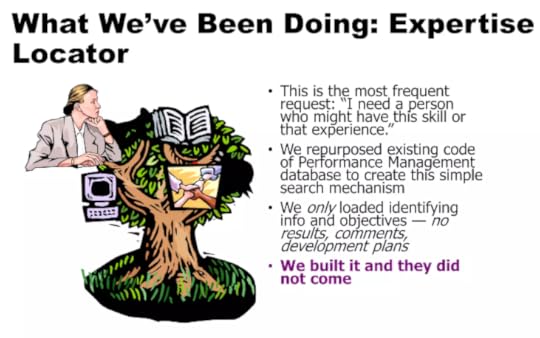 SlideShare — Ten Tools: A collection of organizational and individual methods to aid effectiveness
SlideShare — Ten Tools: A collection of organizational and individual methods to aid effectiveness1. Atom of Work
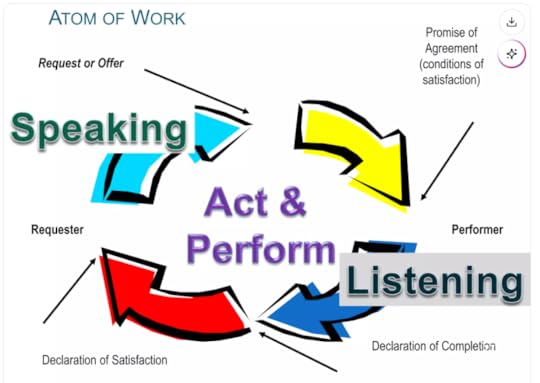
2. Gap Analysis

3. Difficult Conversations
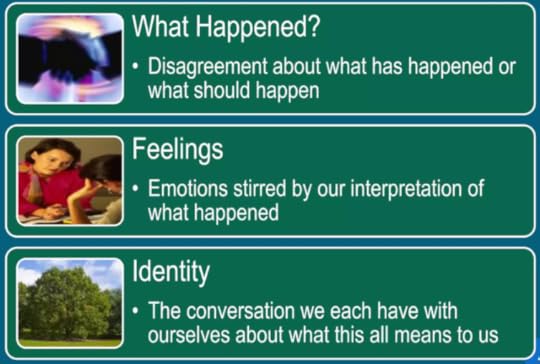
4. Advocacy vs. Inquiry
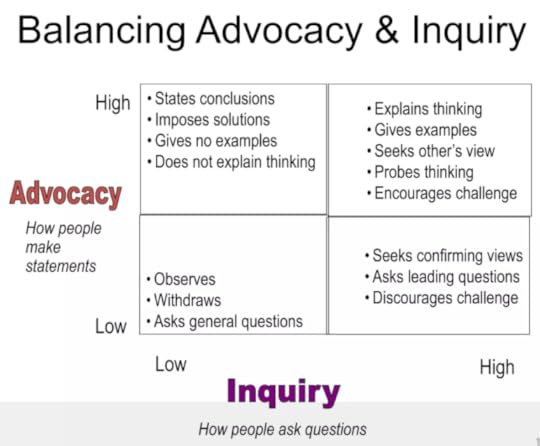
5. Feed Forward & Johari Window

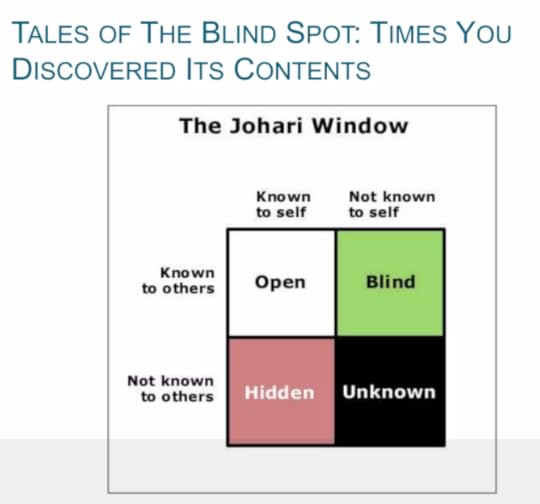
6. Team Effectiveness: Ground Rules for Teams & Facilitation
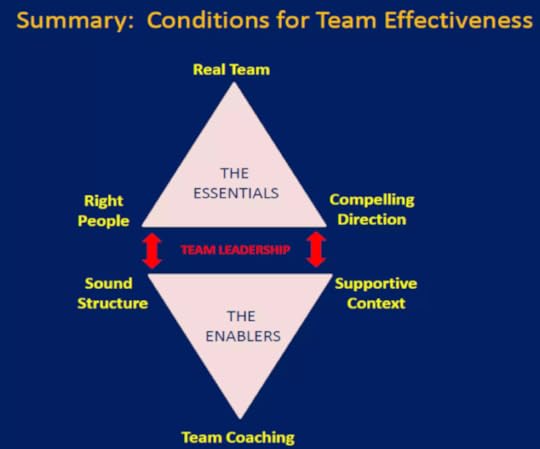
7. Problem-Solving Techniques

8. Mental Maps

9. Seven Influence Strategies
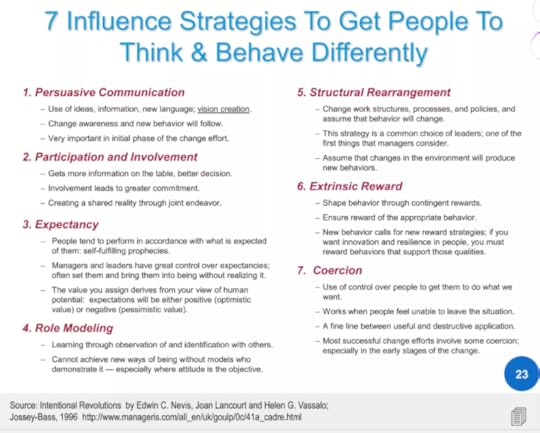
10. Events of Instruction

Bonus: Snyder’s Six Steps
 PodcastsWhisper in the WingsMoving Boulders with StoryKeys to Unlock Workplace ChallengesReinventing ReinventionVideosYouTubeThe Importance of Communicationhttps://medium.com/media/68b8fe4fdf05f363419ce9c524ee8e67/hrefLearning from CLOshttps://medium.com/media/ed0d88de7d66677418c3ae17c90b5271/hrefUnlocked with Madelyn BlairReinventing Reinventionhttps://medium.com/media/224d7f7fed09fe938e939ad7b94803d1/hrefHow I Bring Happiness to the New Yearhttps://medium.com/media/1003fee2780e5d6e3721f6bf8a830cda/hrefKey to Unlock Workplace Challengeshttps://medium.com/media/ddd901606bd8b28ee406cf46a13fbc45/hrefMoving Boulders with Storyhttps://medium.com/media/191e480d24448175a8ecf0ecc1ab893c/hrefTJ & Loren Teaserhttps://medium.com/media/c8c46452062e3b029ac242d84fd242ca/hrefBooksDecision DNA: Discovering Reality Based Decision Making with John C. ElliottExcerpt
PodcastsWhisper in the WingsMoving Boulders with StoryKeys to Unlock Workplace ChallengesReinventing ReinventionVideosYouTubeThe Importance of Communicationhttps://medium.com/media/68b8fe4fdf05f363419ce9c524ee8e67/hrefLearning from CLOshttps://medium.com/media/ed0d88de7d66677418c3ae17c90b5271/hrefUnlocked with Madelyn BlairReinventing Reinventionhttps://medium.com/media/224d7f7fed09fe938e939ad7b94803d1/hrefHow I Bring Happiness to the New Yearhttps://medium.com/media/1003fee2780e5d6e3721f6bf8a830cda/hrefKey to Unlock Workplace Challengeshttps://medium.com/media/ddd901606bd8b28ee406cf46a13fbc45/hrefMoving Boulders with Storyhttps://medium.com/media/191e480d24448175a8ecf0ecc1ab893c/hrefTJ & Loren Teaserhttps://medium.com/media/c8c46452062e3b029ac242d84fd242ca/hrefBooksDecision DNA: Discovering Reality Based Decision Making with John C. ElliottExcerpt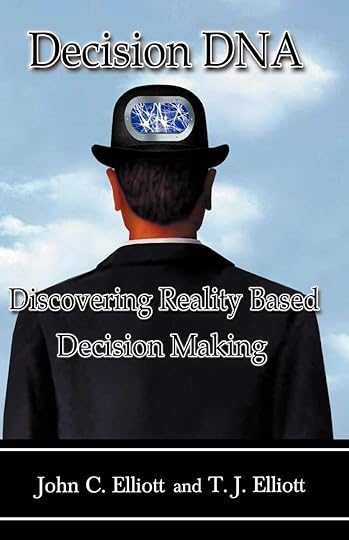 Smarter Innovation: Using Interactive Processes to Drive Better Business Results edited by Katrina Pugh — with Madelyn Blair, V. Mary Abraham, Catherine Shinners, John Hovell, et al.Table of Contents, Executive Summary, and Chapter 1
Smarter Innovation: Using Interactive Processes to Drive Better Business Results edited by Katrina Pugh — with Madelyn Blair, V. Mary Abraham, Catherine Shinners, John Hovell, et al.Table of Contents, Executive Summary, and Chapter 1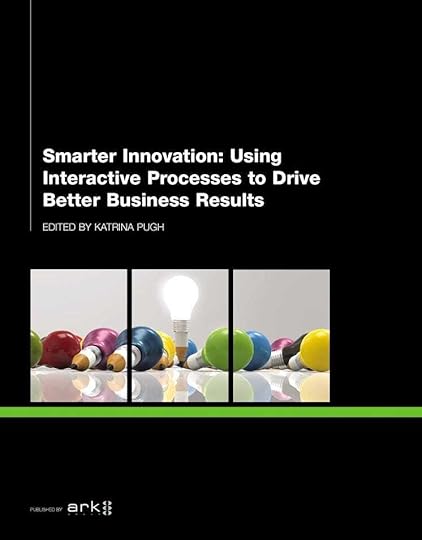 Chapter 1: Escaping gravity: Three kinds of knowledge as fuel for innovation in an operate and maintain companyThe gravity of successA common languageInnovation know-howConclusionPerformance Through Learning (Improving Human Performance) edited by Kurt April, Nick Milton, and Carol GorelickPDFChapter 15
Chapter 1: Escaping gravity: Three kinds of knowledge as fuel for innovation in an operate and maintain companyThe gravity of successA common languageInnovation know-howConclusionPerformance Through Learning (Improving Human Performance) edited by Kurt April, Nick Milton, and Carol GorelickPDFChapter 15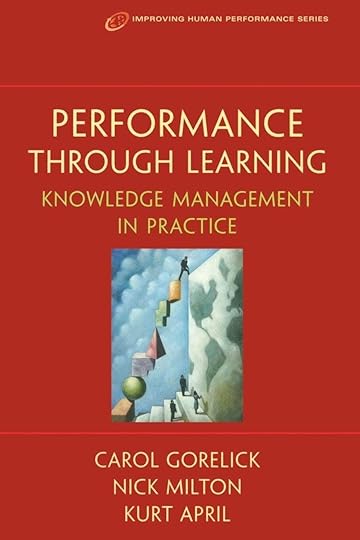 Chapter 15: Piloting Knowledge Management: Lessons Learned from the Small-Scale Approach to Design and Implementation at ETS — with Felicia DeVincenziCorporate OverviewBusiness HighlightsDrivers for the Development of the Knowledge Management Program or InitiativePlanningThe First Wave: Best Practices in Responding to RFPsThe Second Wave: The Knowledge-Intensive DecisionsInquiryThe Third Wave: Construction of the Knowledge AssetProblems/ConcernsLessons LearnedReferencesHonor: A Comedy about Office Politics
Chapter 15: Piloting Knowledge Management: Lessons Learned from the Small-Scale Approach to Design and Implementation at ETS — with Felicia DeVincenziCorporate OverviewBusiness HighlightsDrivers for the Development of the Knowledge Management Program or InitiativePlanningThe First Wave: Best Practices in Responding to RFPsThe Second Wave: The Knowledge-Intensive DecisionsInquiryThe Third Wave: Construction of the Knowledge AssetProblems/ConcernsLessons LearnedReferencesHonor: A Comedy about Office Politics [image error]
[image error]



